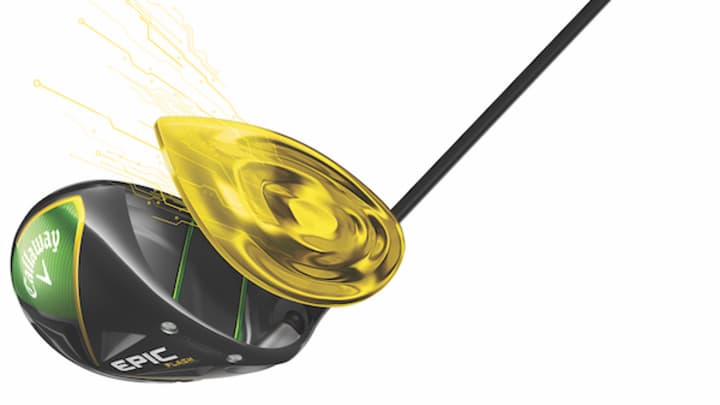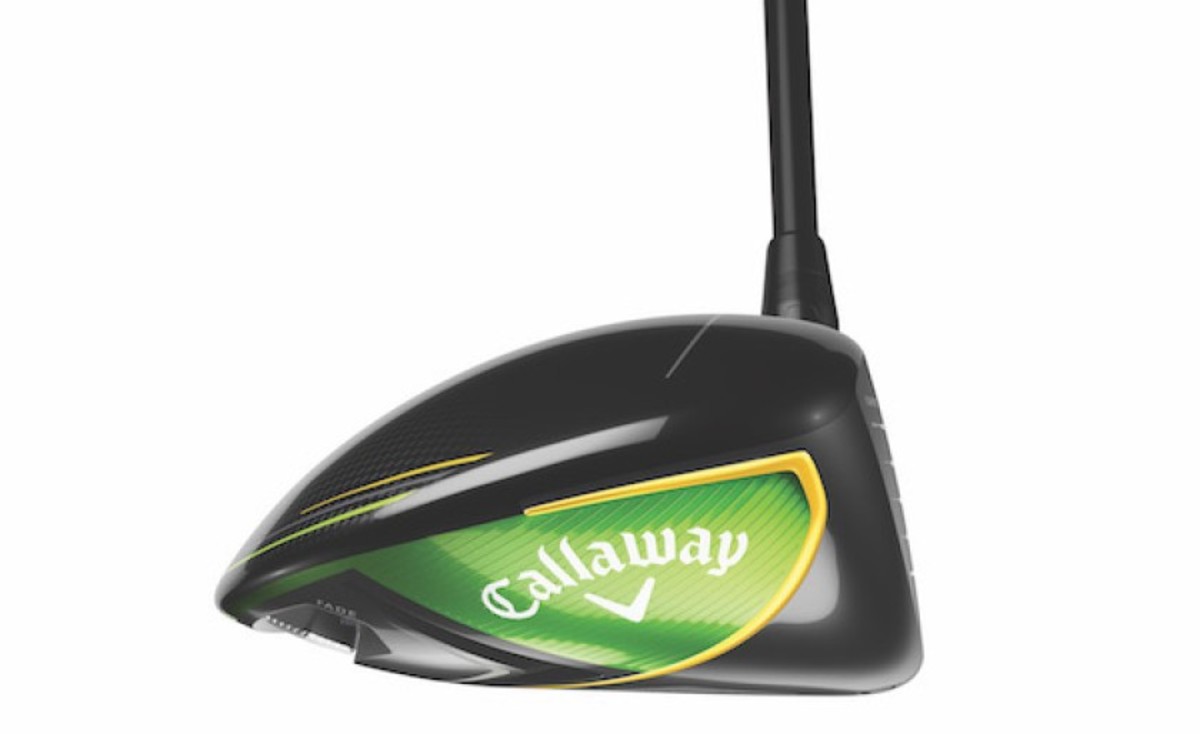Spin, speed in a Flash

Callaway not only made the Epic Flash's face thinner but also faster. That combo creates increased spin and speed. [Photo: Callaway Golf]
Ever since driver faces have become so incredibly thin, the mystery of driver design has been: How do you speed up the face without breaking the rules, particularly the center?
Callaway says it has made the center of the face faster while conforming to the Rules of Golf with the development of its Epic Flash drivers. And the company has done so using artificial intelligence (AI) for the first time to create the proprietary Flash face.
Prior to the Flash face, Callaway had used what it called the X face, which was thicker in the center and got thinner on the outside of the face. But the company decided to take high tech even higher with an investment in a supercomputer. When using the X face, a typical run would produce 7-10 prototypes. With the Flash face, AI and Machine Learning produced 15,000 prototypes.
“The computer ran 24/7 for an entire month,” said Dave Neville, Callaway global director of equipment.
On the back of the Flash face, the computer designed a series of irregular waves that, on the surface, would appear to make the face thicker in some areas than others. You’d think that ball speeds would be slower where the face is thicker, but Neville says that’s not the case.
“The Flash face operates as a system,” Neville said. “It all works together. That’s the way we used to do it, to pick out each piece and decide how thick it was going to be. When you do hit (the Epic Flash) out toward the toe, you’d expect the spin to drop, you’re not seeing that. The spin rate stays higher.
“It’s an unconventional way to look at forgiveness. Instead of just looking at MOI (moment of inertia), you’re looking at the entire face and how robust the spin is across the entire face. The bumps and ripples are very non-intuitive.”

The toe view of Callaway's Epic Flash. [Photo: Callaway Golf]
As a result, not only does the ball speed increase around the clubface but there’s a speed increase in the center, as well.
“It’s the thinnest center of the face in Callaway history,” Neville said. “Your longest drives are going to be longer. What’s unique about this face is the spin robustness and the speed robustness all across the face. It’s extremely hot.
“That’s one reason you’re seeing the incredible adoption of the tour players. We’re No. 1 worldwide. We’re No. 1 in wins on the PGA Tour. We have more wins by non-staffers than anyone else has wins.”
Neville said that Callaway staffer Ollie Schneiderjans increased his ball speed from 184 mph with a Rogue driver to 190 mph by switching to the Epic Flash.
The Epic Flash Sub Zero is engineered to create low spin and high MOI and is designed for high-speed, high-spin players. Like the Epic Flash, the Sub Zero combines the Flash face with Callaway’s Jailbreak technology to strengthen the clubhead through impact. But it’s the Flash face that gets the most attention.
“One thing about the (Flash) face is not only is it better, but it’s not copyable,” Neville said. “If you put the face on one of our earlier Rogue drivers, it won’t work. If you put the face on one of our competitors, it won’t work. It’s designed to work only on that particular clubhead.”
Mike Purkey has written about golf for more than 30 years for a number of publications, including Golf Magazine and Global Golf Post. He lives in Charlotte, N.C.
Email:golfedit@gmail.com
Twitter:@mikepurkeygolf
